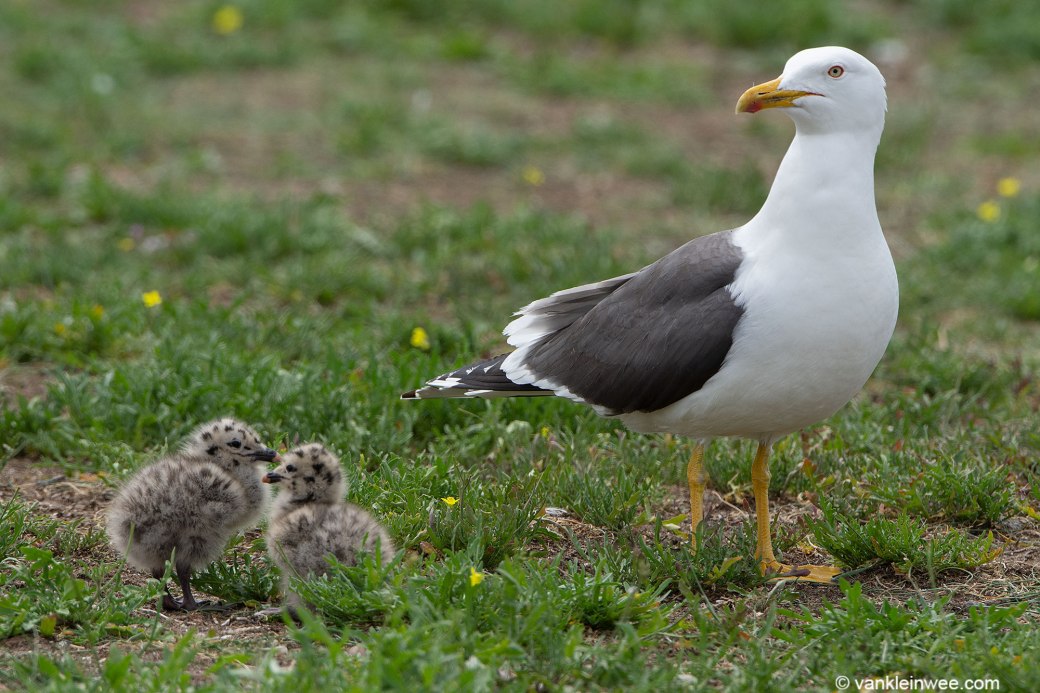The taxonomy of the Lesser Black-Backed Gull and its close relatives within the European herring gull/low black-backed gull complex is a subject of considerable debate among ornithologists. This group of gulls encompasses a diverse array of species, with varying degrees of genetic and morphological divergence. While some authorities recognize only two distinct species within this complex, others identify as many as eight separate species. This taxonomic ambiguity underscores the complex evolutionary history and genetic diversity present within this group of avian species.
Lesser Black-Backed Gull Profile: Facts, Traits, Range, Diet, Wings
The Lesser Black-Backed Gull, characterized by its intermediate size and distinctive plumage patterns, possesses specific morphological traits that distinguish it from other members of the gull complex. On average, these gulls measure between 51 to 64 centimeters in length, with a wingspan ranging from 124 to 150 centimeters. Their body weight typically falls within the range of 452 to 1100 grams, although variations may occur among individuals and populations. These measurements place the Lesser Black-Backed Gull within the medium to large size range among gull species, with its unique combination of physical attributes contributing to its evolutionary adaptation and ecological niche within its diverse range of habitats.
Other Recommended Articles
- How to Raise Ducks for Eggs – Steps | Ducks from Egg | Meat
- Black Cayuga Duck – Profile | Eggs | Male vs Female | White
- Rouen Duck – Profile | Facts | Eggs | Production | Lifespan
- Rouen Drake – Hen | Duck | Duckling | Molting | Feather | Young
- How to Raise Baby Ducks – How to Take Care of Duckling?
- How Do Ducks Protect Themselves from Predators?
- Duck Adaptations- Adaptive Features of the Duck
- 17 Steps on How to Protect Ducklings from Predators
- Welsh Harlequin Ducklings – Care | Breed | Growth
- Welsh Harlequin Drake – Profile | Care | Differences | Facts
- Welsh Harlequin Ducks – Profile | Pet | Eggs | Care
- Saxony Duck – Eggs | Male | Female | Baby | Size | Lifespan
- Blue Swedish Duck – Profile | Farming | Eggs | Care | Facts
- Magpie Duck – Profile | Farming | Eggs | Care | Facts
- Silver Appleyard – Profile | Farming | Eggs | Care | Facts
- Cayuga Ducklings – Profile | Care | Mal or Female | Hatching
- Elizabeth Duck – Profile | Eggs | Size | Farming | Care | Feeding
- Saxony Ducklings – History | Care | Traits | Behavior | Facts
- Baby Indian Runner Ducks – Facts | Eat | look Like | Feed
- Fawn and White Runner Ducklings – Care | Profile | Fly

